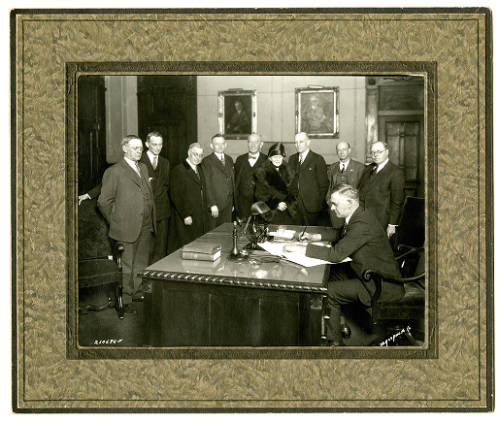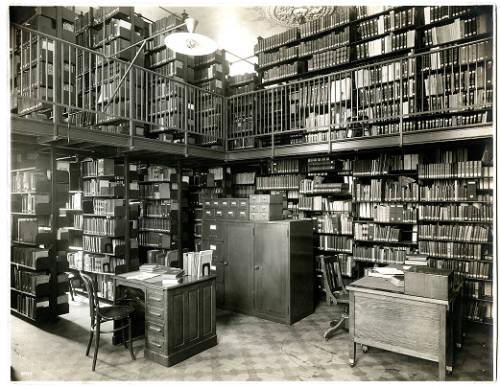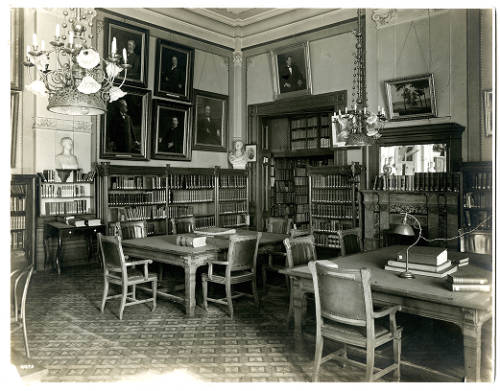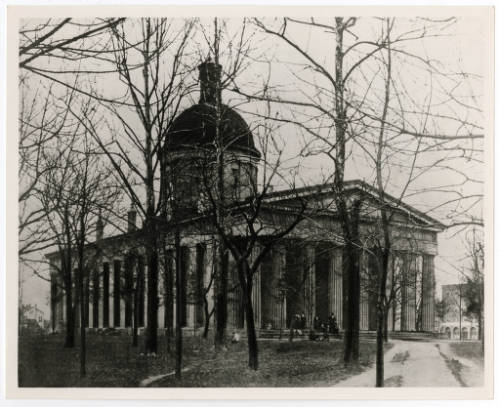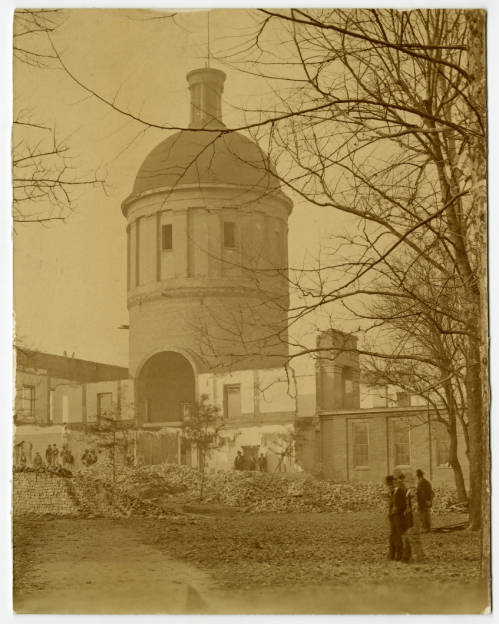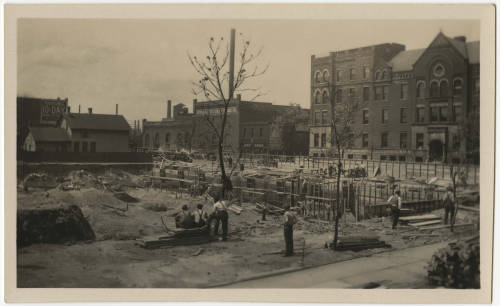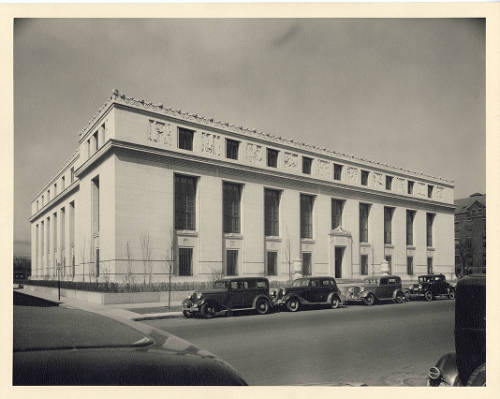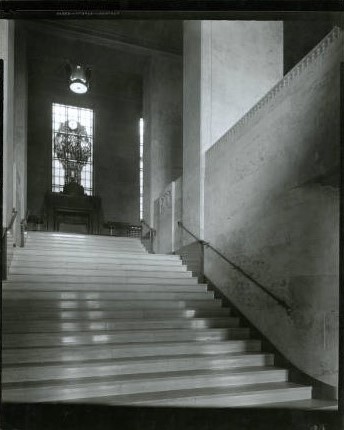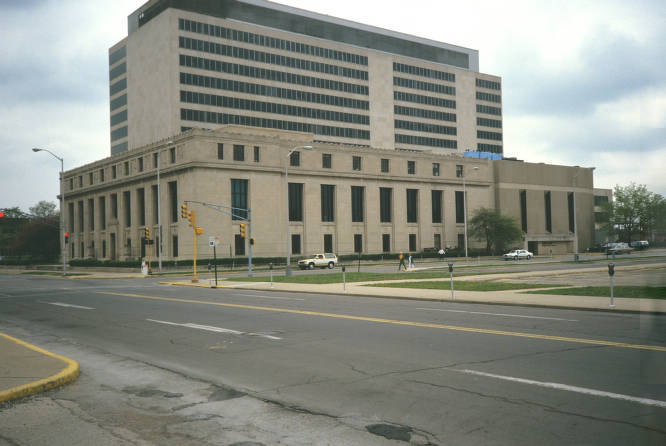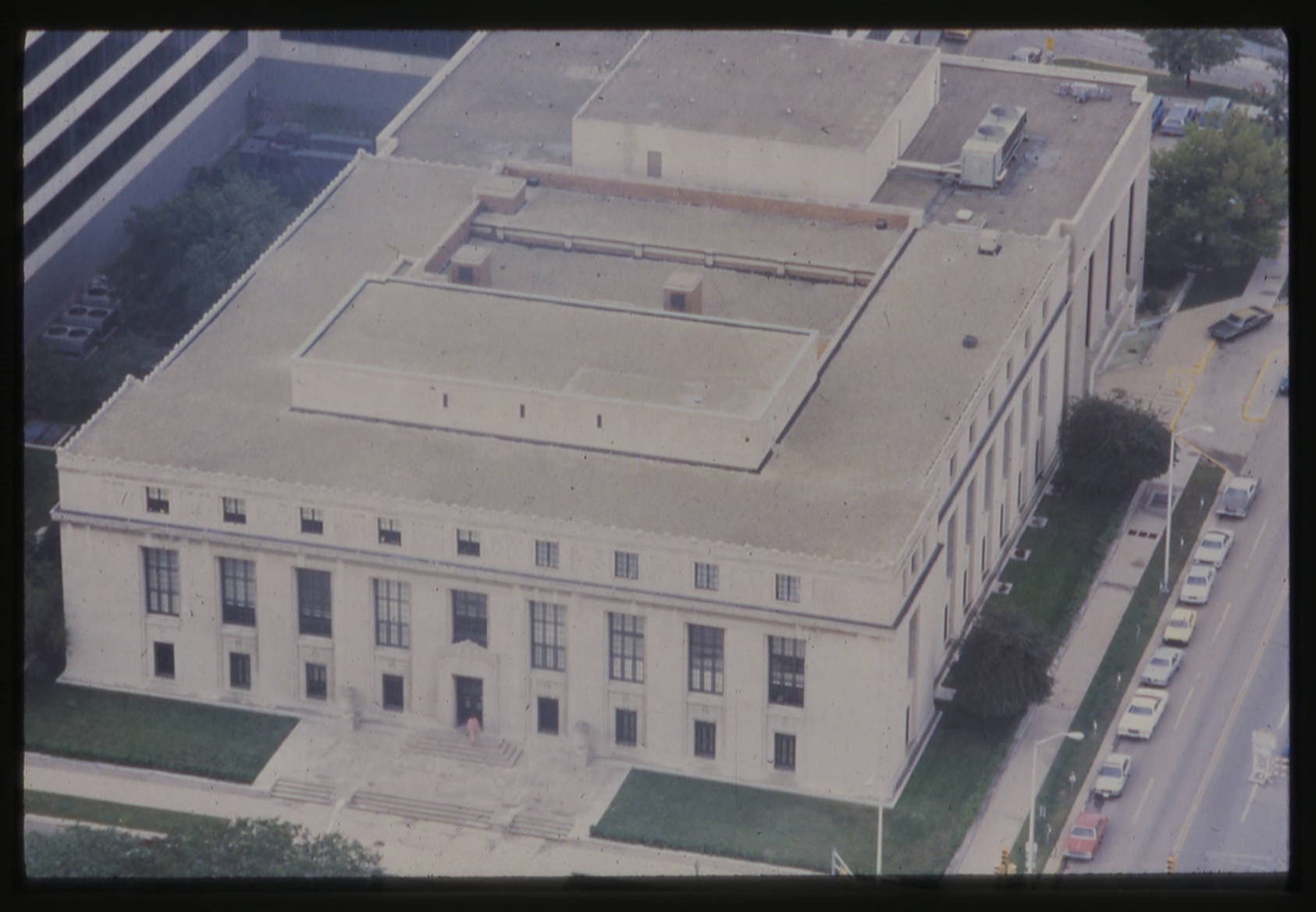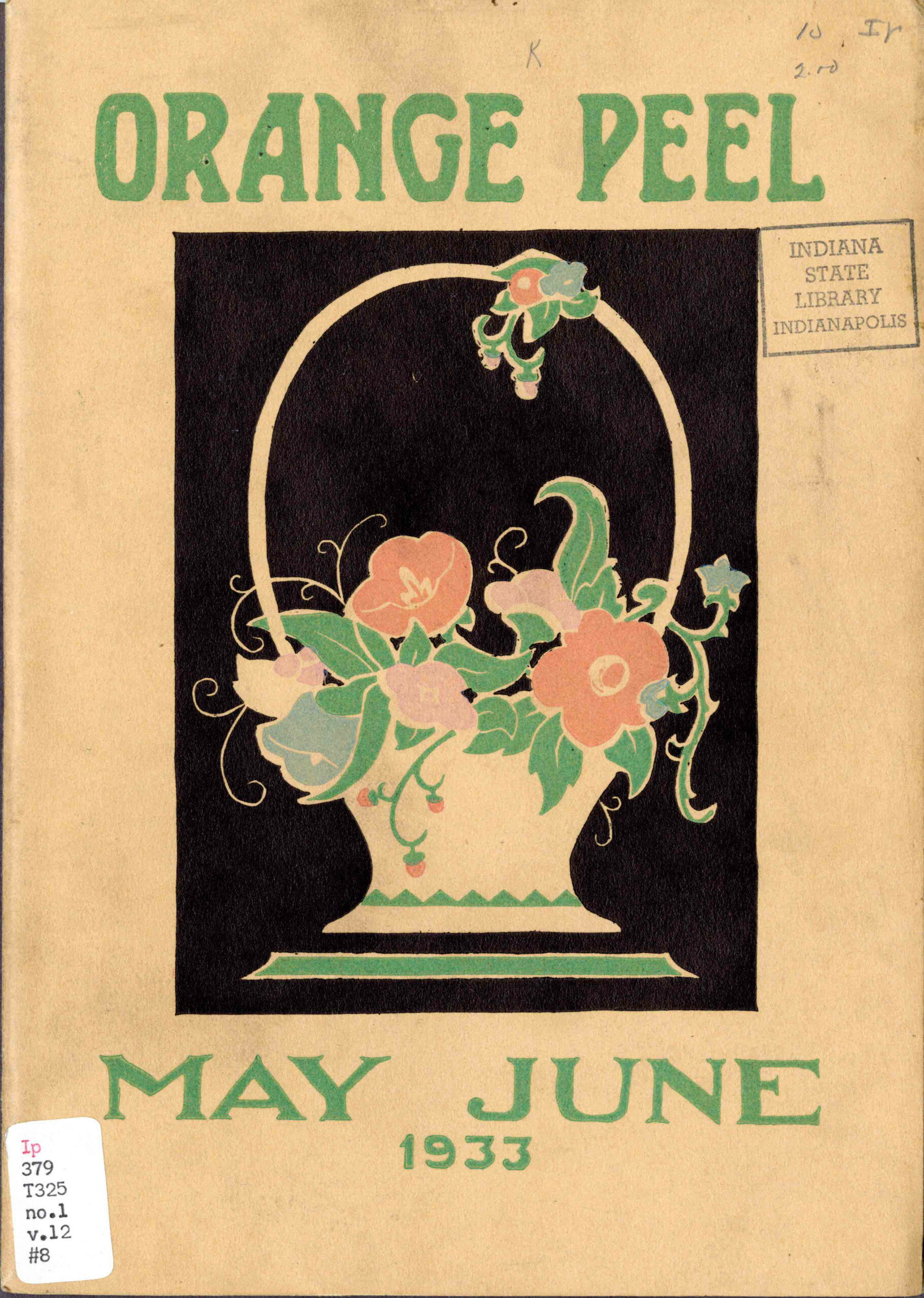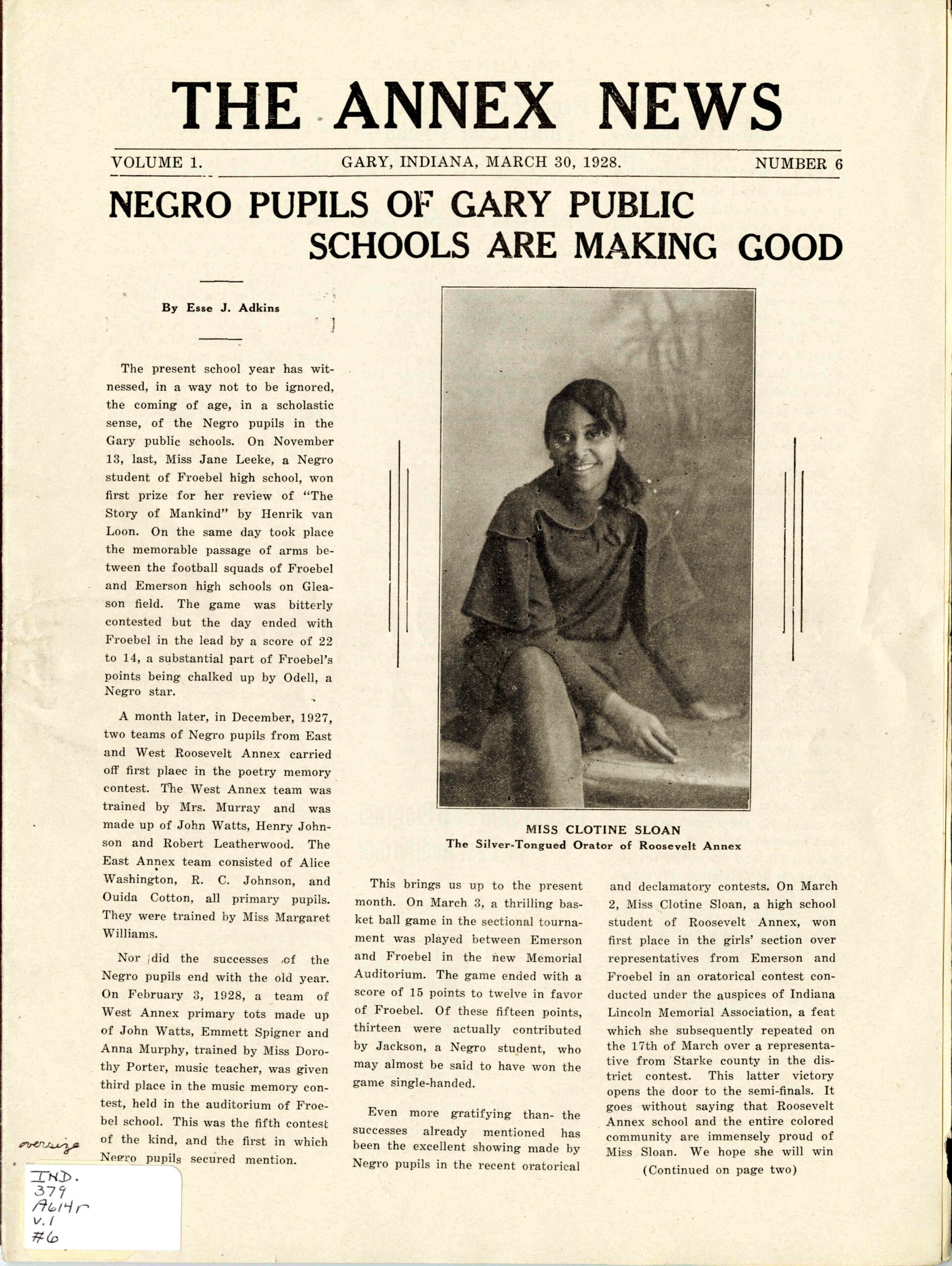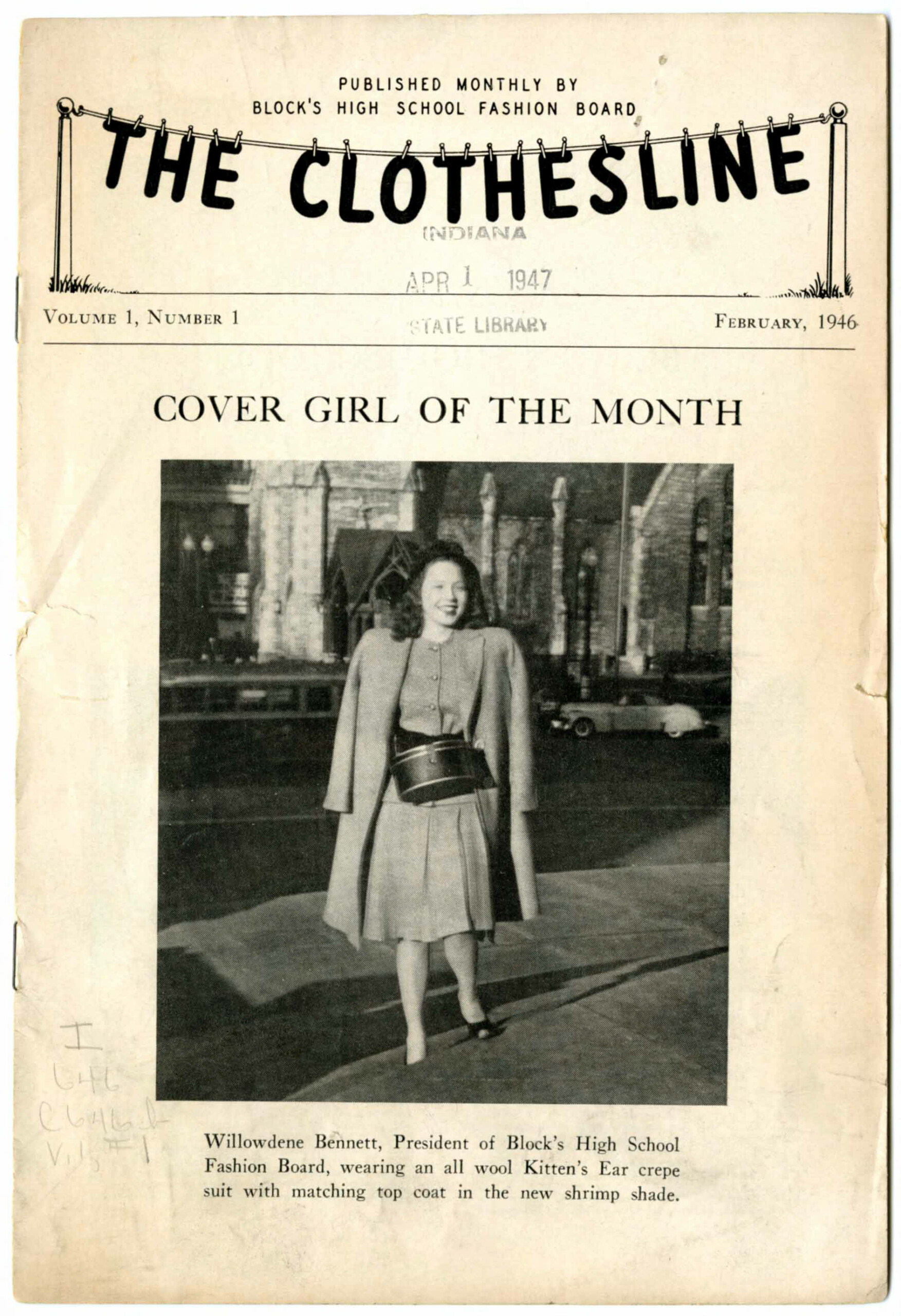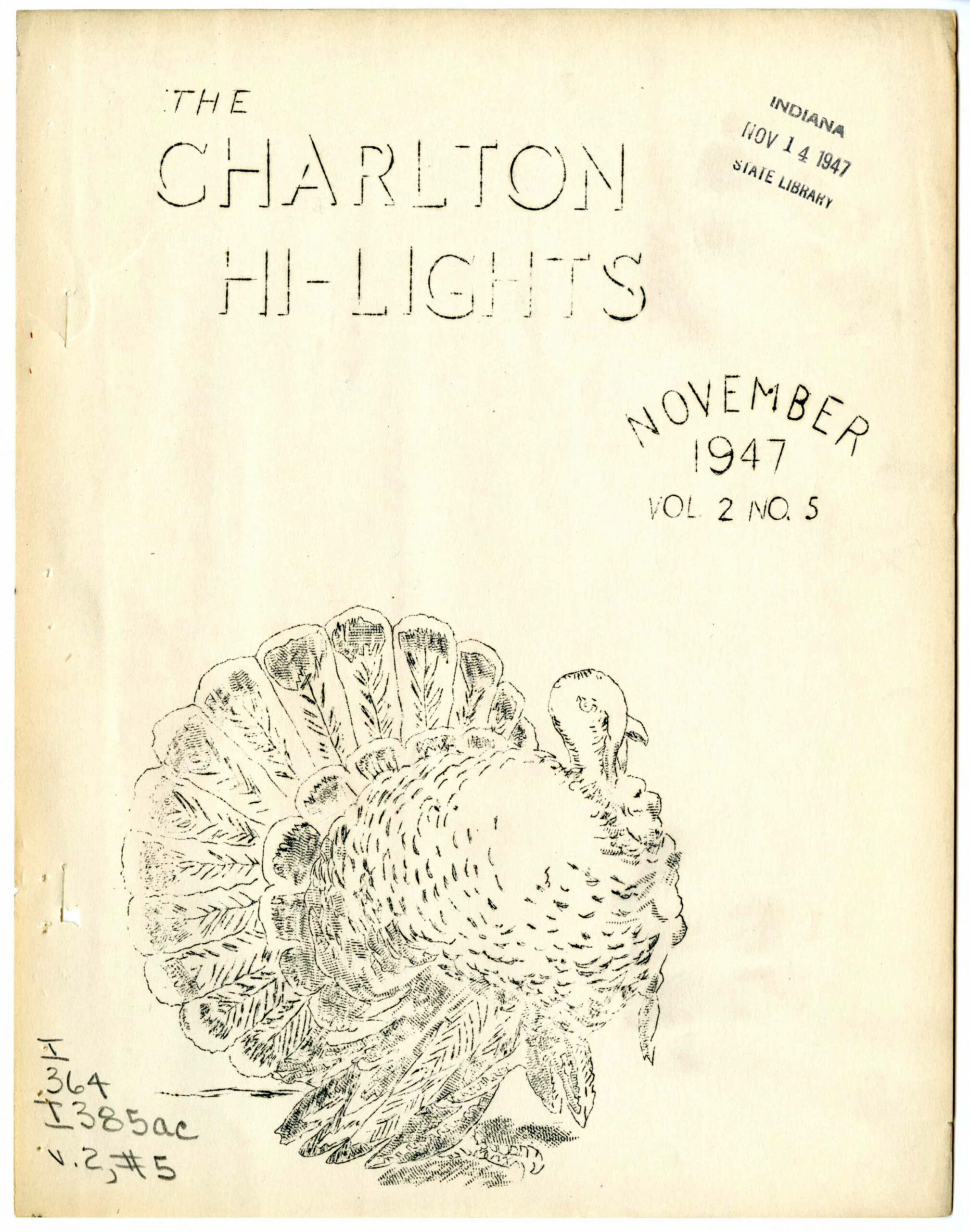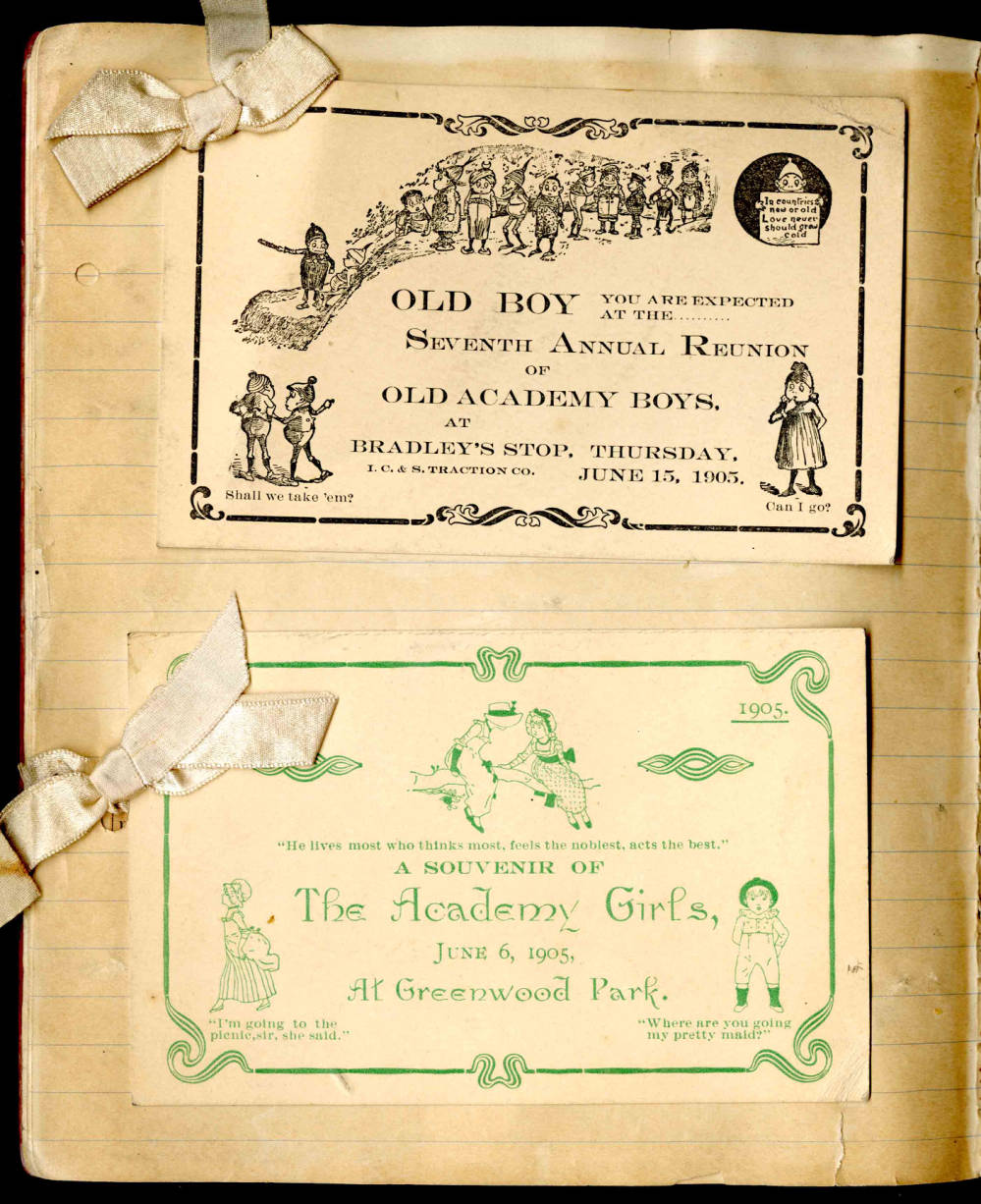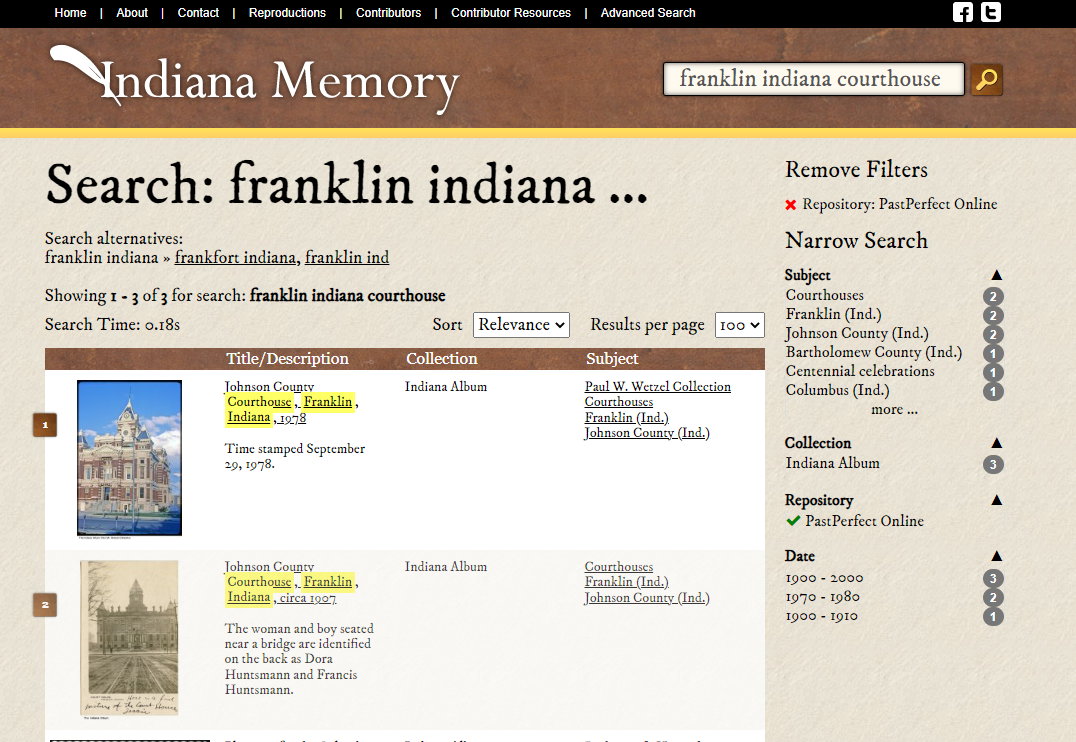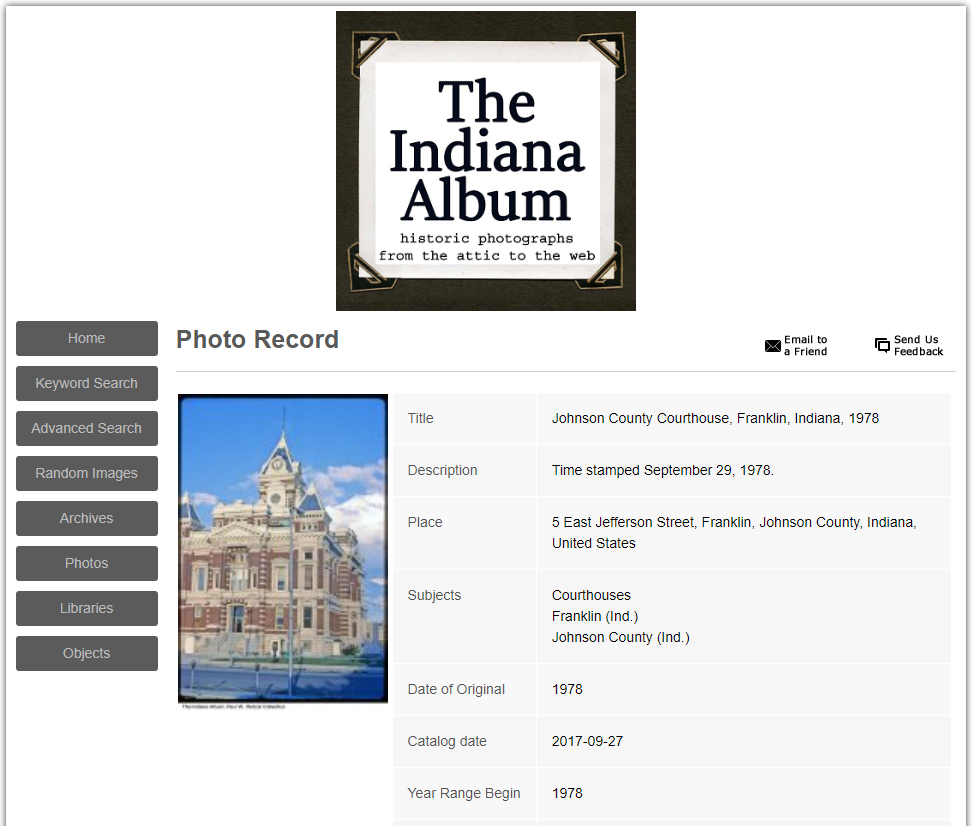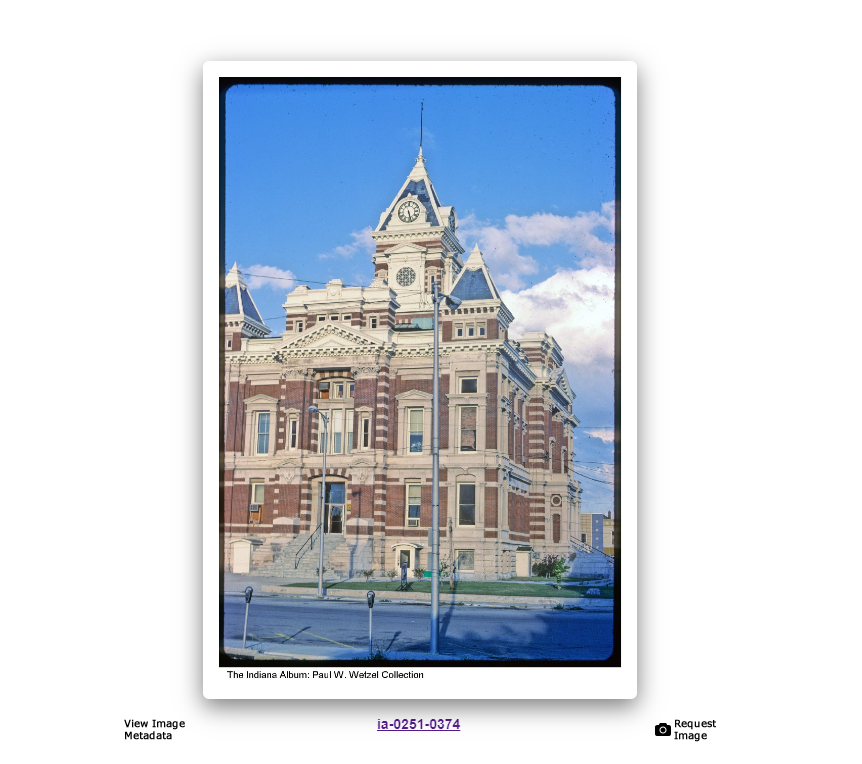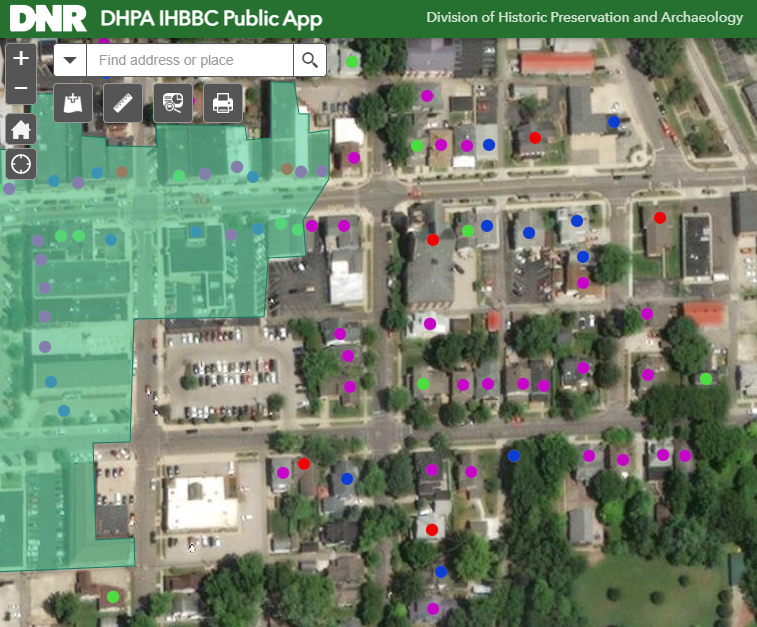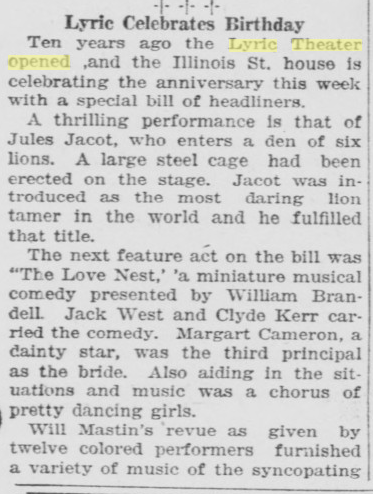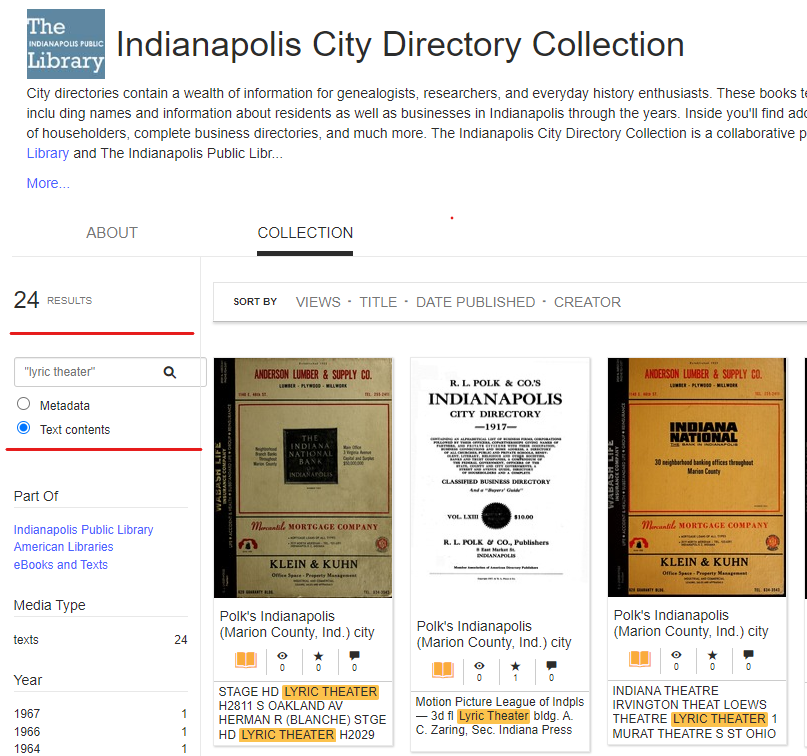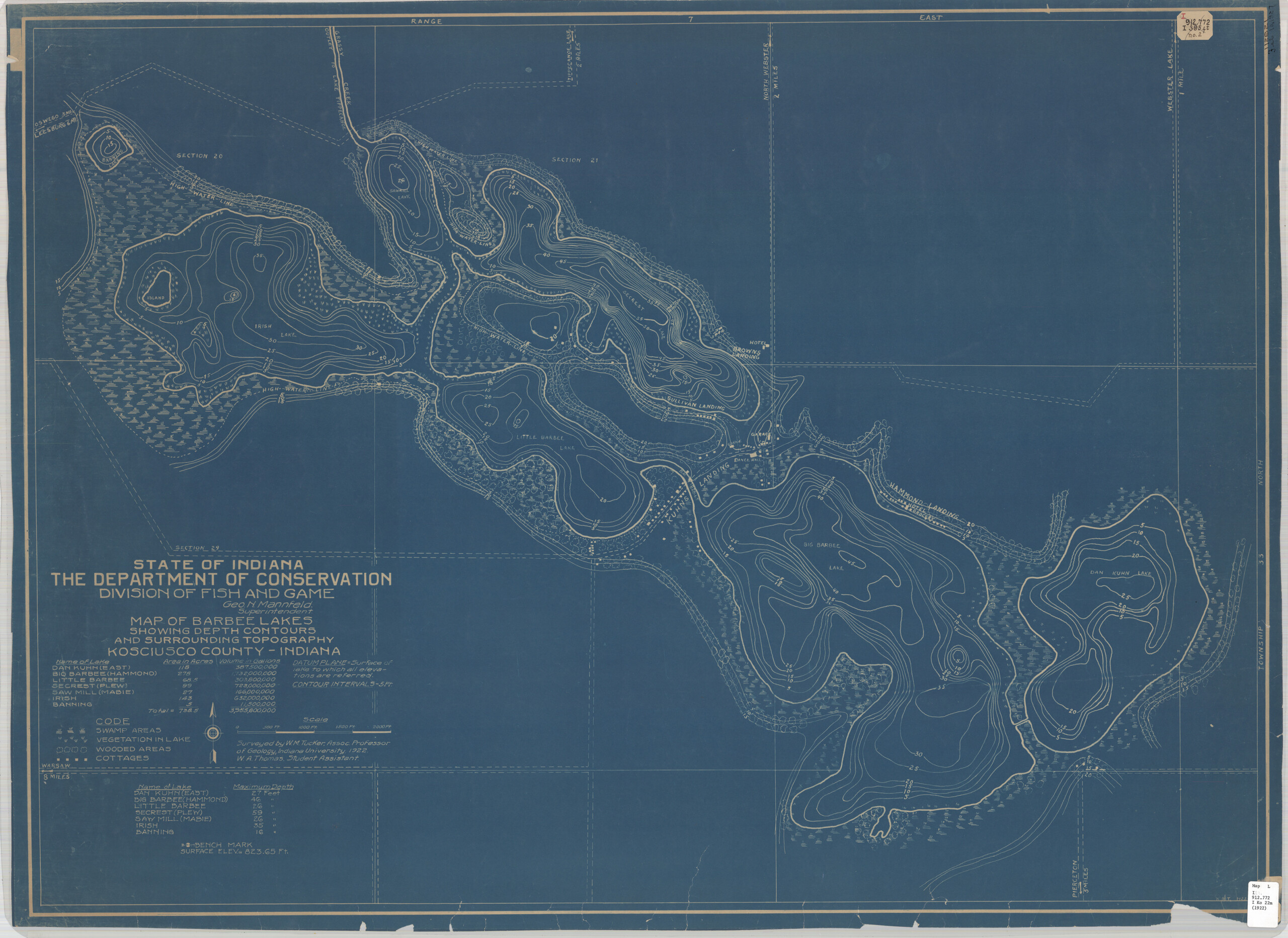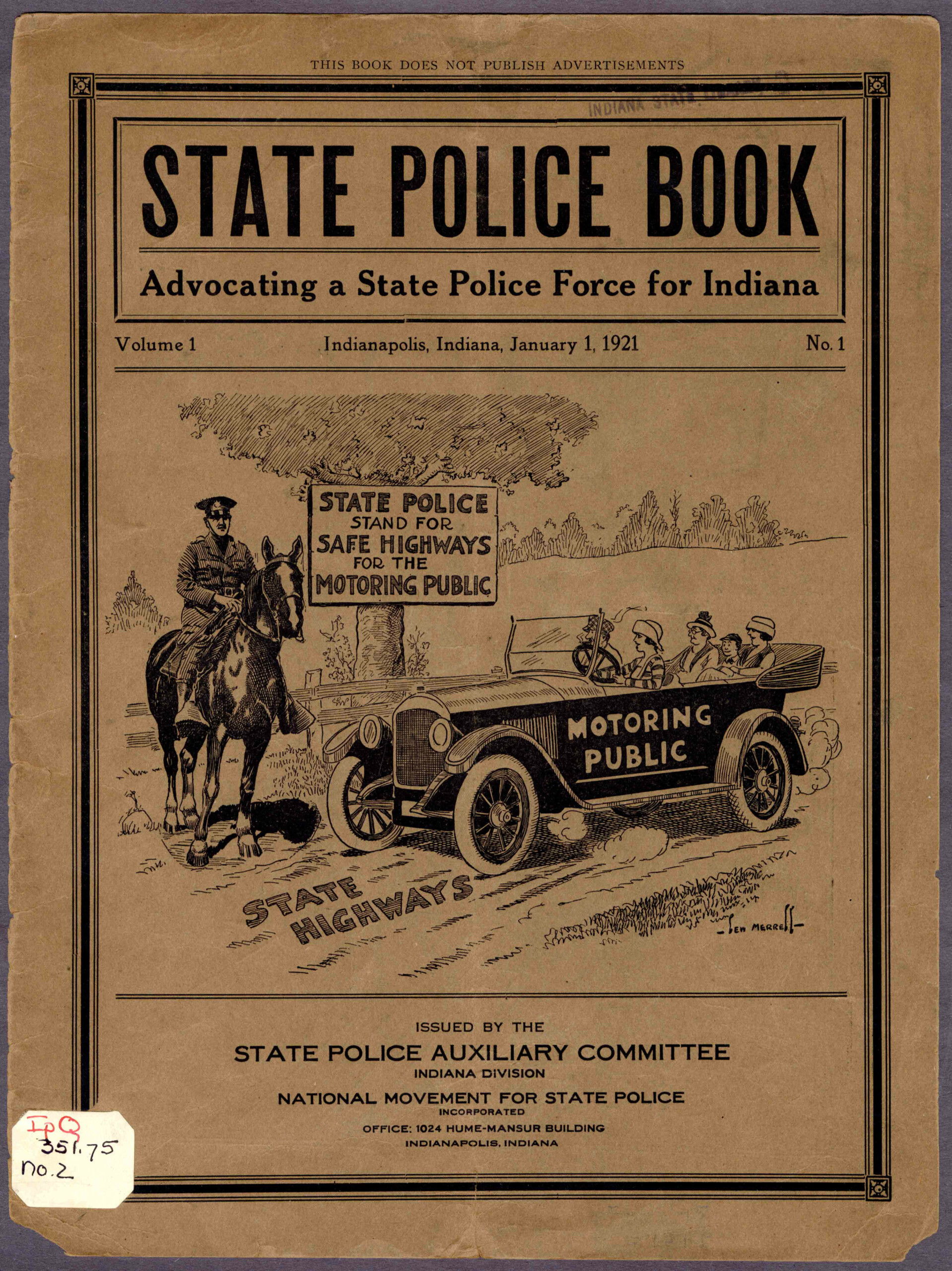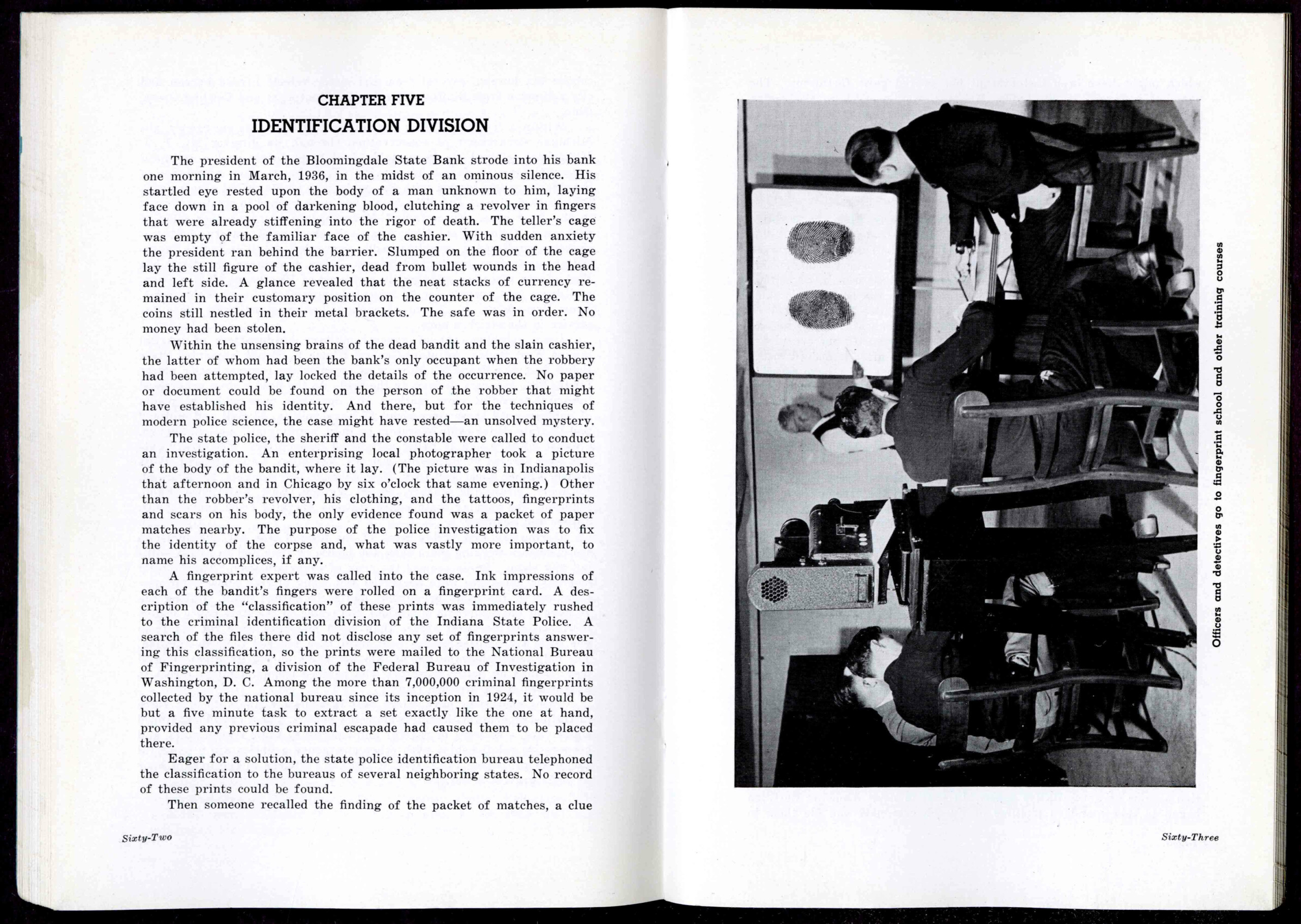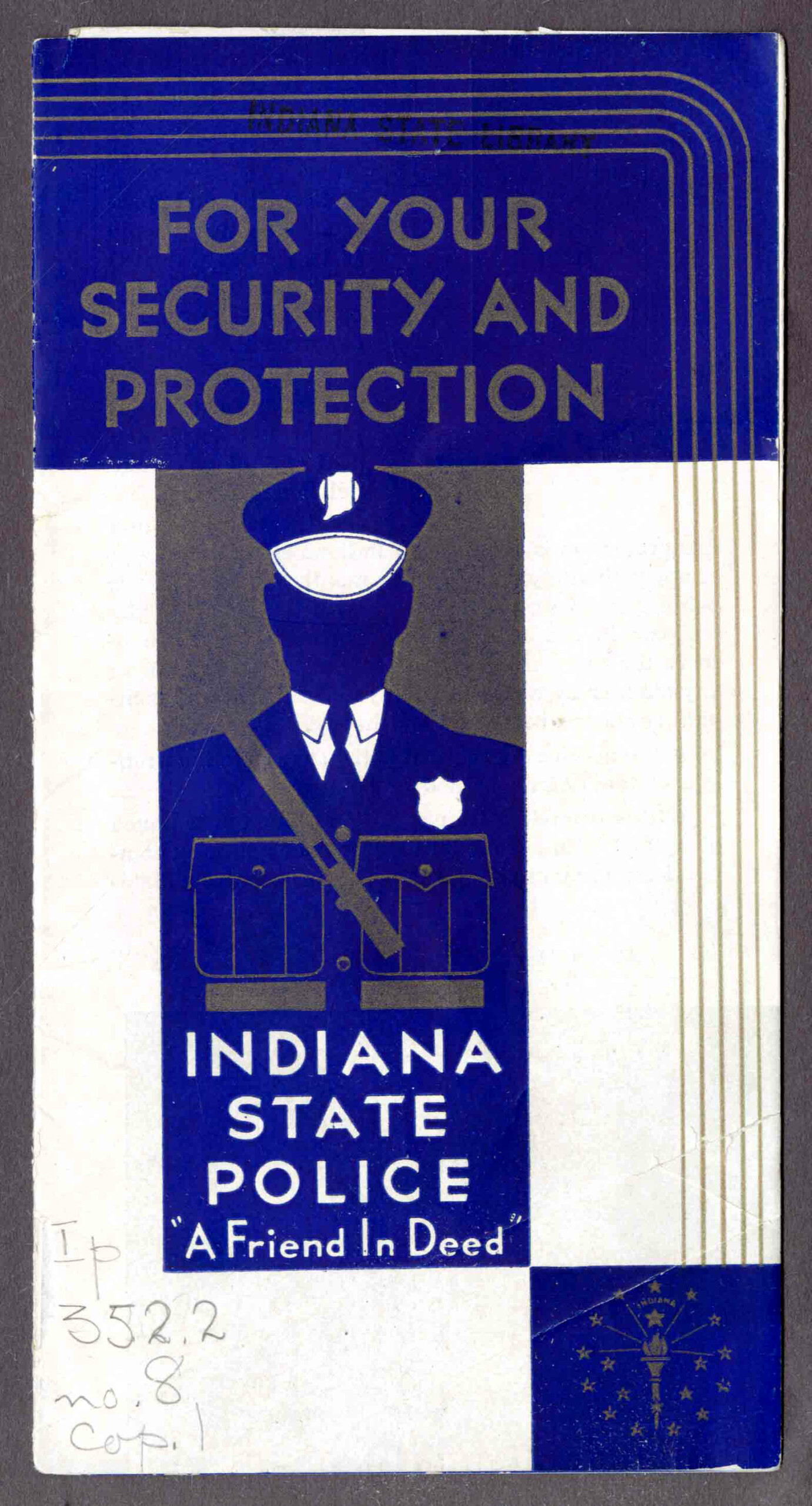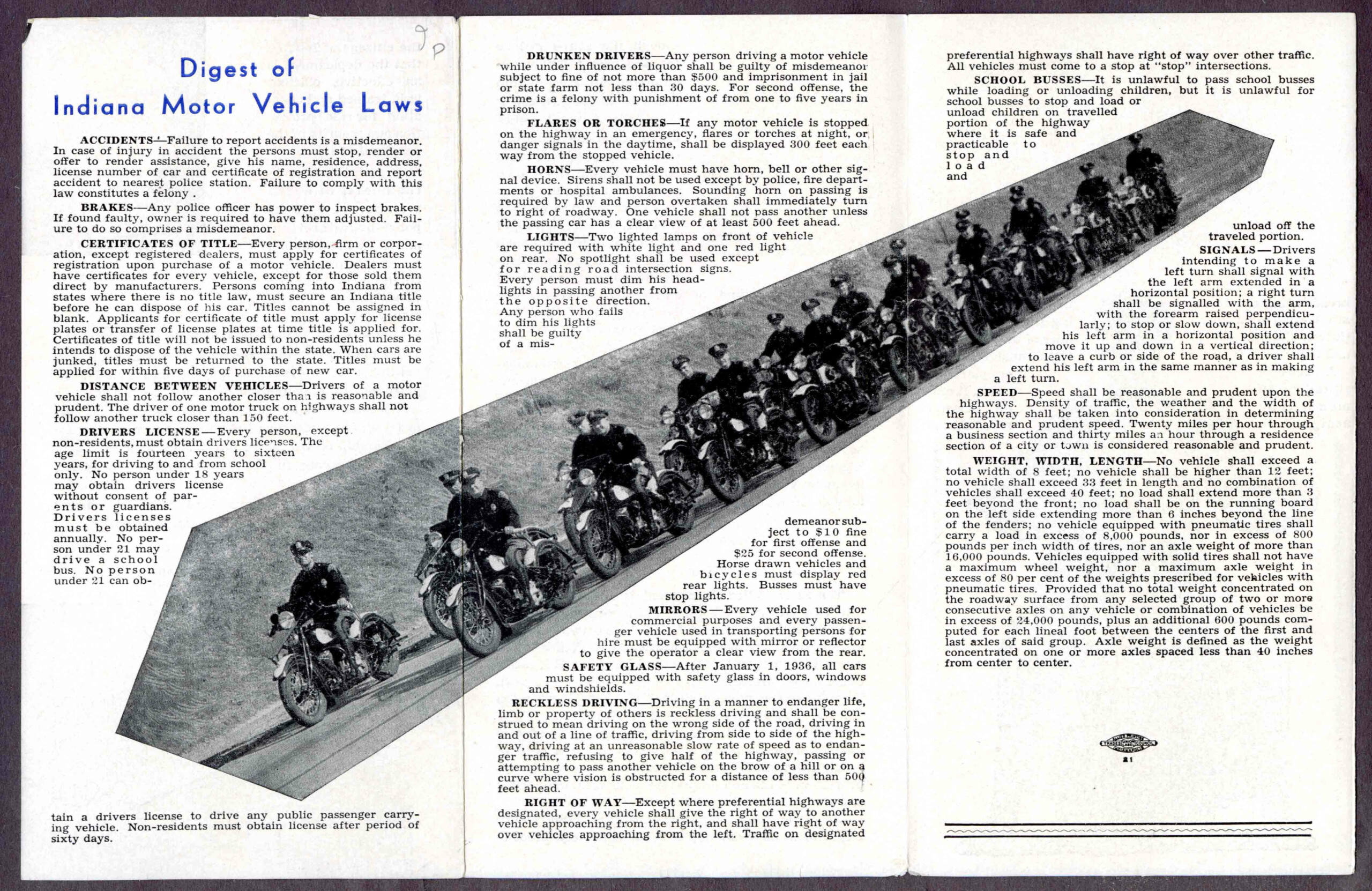For the genealogists and local historians out there, think about what your research would be like if you didn’t have those huge county histories published from the 1870s to the 1910s. Those over-800-page-books are packed with biographical sketches, early history, lists of names, events, schools… the list goes on! Think about how much we have gathered from them. Beginning in the 1990s, new updated county histories were published, as well as new book series with photographs and postcards.
But wait, what happened between the 1910s and the 1990s? Probably a lot, and that time period is the focus of the Indiana Division’s biggest digitization project – filling in the gap between those old county histories and the newer ones. The Indiana Division began to re-focus its digital county history collection a couple of years ago with a mission to fill in the gap from the 1920s to at least the 1960s. It’s going to take some time, but we hope will be worth it.
Our Indiana Historical Print Collection not only contains the odds and ends items that don’t fit into any of our specified categories, but it’s also morphed to become our focal point for the county histories.
So, what can you find? We’ve focused on travel brochures, chamber of commerce pamphlets and publications that were created for centennials and celebrations of small towns and communities across Indiana’s 92 counties – just to name a few. Here are some examples.
From Benton County, here is the first annual meeting of the Old Settlers Association from 1914. These associations were popular in the 1910s and 1920s and gathered information about the earliest settlers in the county.
How about the town of Bourbon in Marshall County? They celebrated “one hundred years of progress” in 1953. There are a lot of these types of pamphlets for small towns and communities. They were usually published with centennials. We’ve added several of these types of publications for several counties.
Down south, you can learn about Perry County with “A Tale of Tell City” and “Cannelton: What to See, Where to Go, What to Do.” These general information pamphlets, brochures and booklets were published to attract businesses and newcomers to the county.
You can also find smaller – fewer than 100 pages – telephone and county directories. Many of these are the old telephone books that were printed on the really thin paper, so it helps to preserve the originals. But, some are also city directories that can’t be found anyplace else online.
The print collection also includes our mineral springs collection.
At the time of this post, we’ve added materials for about 54 counties, with plans to keep adding more. You may also see the huge county histories in there as well, but they will be leaving since the are often easier to use on Internet Archives and/or Google Books. Don’t worry, you can still find links to those huge county histories online through our county history holdings guide, as well as our city directories and telephone book guides. Additionally, we have a telephone directory inventory.
If there seems to be very little for a county you are researching, please check back as we make our way through the 92 counties.
This post was written by Christopher Marshall, digital collections coordinator for the Indiana Division at the Indiana State Library.





